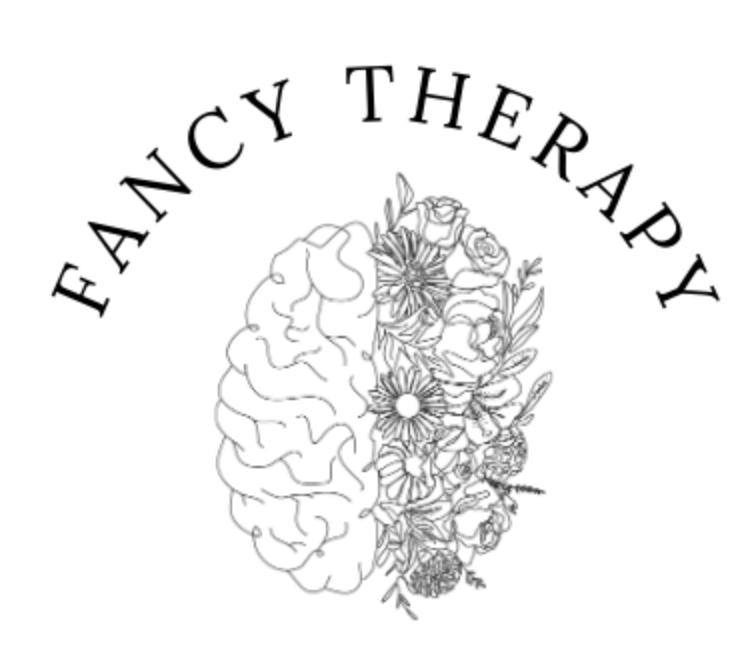Masking and Burnout: Why ‘Fitting In’ Comes at a Cost
Have you ever walked into a room and instantly started calculating how to act, speak, or even move your body to avoid standing out? Maybe you’ve done this so often you don’t even notice it anymore. For many neurodivergent folks, like those with ADHD, autism, or anxiety, this kind of mental gymnastics is part of daily life. It’s called masking, and while it can help people navigate environments that feel unsafe or unwelcoming, it also comes with a heavy price: exhaustion, disconnection, and burnout.
Let’s unpack why masking happens, how it shows up, and why it takes such an emotional toll.
What is Masking?
Masking is basically a survival strategy. It’s when someone hides or suppresses parts of themselves to blend in with the people around them. This might look like forcing eye contact, mimicking gestures or expressions, holding back stimming behaviours, scripting conversations, or pretending to be more “on” or “focused” than they actually feel.
It’s important to know that masking isn’t about lying or being fake. It’s often an automatic response to feeling different in a world that expects sameness. From an early age, many neurodivergent folks learn that certain behaviours are seen as “weird,” “inappropriate,” or “too much.” They pick up on subtle (and not-so-subtle) cues from peers, teachers, family members, and media. Over time, they internalize these messages and adjust their behaviour to avoid rejection or punishment.
Why Does Masking Happen?
At its core, masking is about safety and belonging. Humans are social creatures, and we are wired to seek connection and acceptance. Unfortunately, our schools, workplaces, and communities are often designed around neurotypical norms, ways of thinking, communicating, and behaving that might not feel natural or accessible to everyone.
When people feel like they have to hide who they are just to be accepted, it creates a kind of double life. Outwardly, they might look like they are doing fine, smiling, nodding, saying the right things. But internally, they may be working overtime to manage their thoughts, emotions, and behaviours. This internal dissonance is exhausting.
The Hidden Costs of Masking
Masking doesn’t just take mental energy, it takes a toll on emotional and physical health too. Many people who mask regularly describe feeling:
Burned out: Constantly monitoring yourself can lead to extreme fatigue, both mentally and physically.
Anxious or hyper-vigilant: Always on alert for how others are perceiving you.
Disconnected: Feeling like people don’t really know the “real” you because you’re always performing a version of yourself.
Depressed: Over time, hiding your authentic self can lead to feelings of hopelessness, low self-worth, or loneliness.
Sensory overloaded: Suppressing natural self-regulation tools (like stimming) can cause sensory overwhelm to build up and become unbearable.
Many people describe hitting a wall where they simply can’t mask anymore. This is often called autistic burnout, though it can happen to people with ADHD and other neurodivergent identities too. Burnout might look like a total shutdown, inability to function at work or school, increased sensory sensitivity, or even physical illness.
Why Is This So Hard to Talk About?
Part of what makes masking and burnout tricky to discuss is that, from the outside, everything might look fine. Someone might have a successful career, keep up with social expectations, and seem to “cope” just fine. What others don’t see is the behind-the-scenes effort; the exhaustion after social interactions, the meltdowns that happen behind closed doors, or the chronic health issues that get brushed off as stress.
Another reason it is hard to talk about is that masking is often rewarded and reinforced. People might compliment someone for their “progress” when they suppress their natural behaviours or criticize them when they drop the mask. This creates a confusing dynamic where showing up authentically feels risky, even in supposedly supportive environments.
What Can Help?
The first step is awareness, understanding what masking is and noticing when and why it happens. You might reflect on questions like:
When do I feel safest to be myself?
When do I notice myself masking?
How does it feel in my body and mind when I’m masking for a long time?
Building self-compassion is also key. Masking often develops as a survival tool. Remember, it is not a flaw or something to feel guilty about. At the same time, people deserve to exist in spaces where they can unmask safely and authentically.
Creating safer spaces, whether that’s at work, school, home, or online, can make a huge difference. This might look like:
Honouring different ways of communicating and interacting.
Allowing people to stim, fidget, or move in ways that feel good to them.
Making room for quiet spaces or downtime.
Checking in about accessibility needs without judgment.
Normalizing mental health days and rest.
Finally, connecting with others who “get it” can be incredibly validating. Whether that’s through neurodivergent-led groups, online communities, or trusted friendships, finding people where you can be fully yourself can be a lifeline when burnout feels overwhelming.
Masking might help someone fit in temporarily, but it comes at a steep cost if it becomes the only way they feel safe in the world. The real work is not about “fixing” the person who’s masking but about changing the environments that make them feel like they have to. When people feel seen, accepted, and supported for who they truly are, the need for masking naturally softens, and so does the risk of burnout




